Aerospace
Boeing Delivers First Upgraded AH-64E Apache to Royal Netherlands Air Force
The Royal Netherlands Air Force has received the first AH-64E Version 6
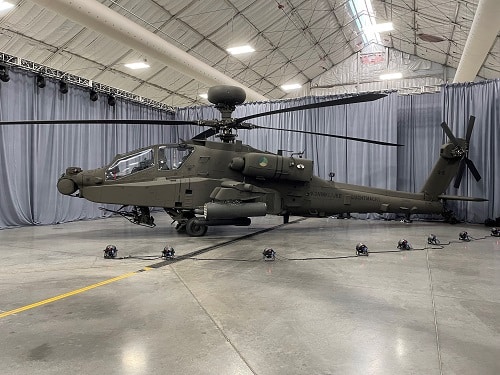
The Royal Netherlands Air Force has received the first AH-64E Version 6, or v6, Apache helicopter from Boeing, including enhanced performance, sensors, and software.
In 2019, Boeing was awarded a contract by the U.S. Department of Defense to upgrade 28 RNLAF AH-64 D-type Apache helicopters to the cutting-edge AH-64E v6 variant. The country is expected to get the last E-model Apache in 2025.
According to Kathleen Jolivette, vice president of Attack Helicopter Programs and Senior Mesa Site Executive at Boeing, “The Apache is the most cutting-edge and tested attack helicopter, and demand for it continues to expand worldwide.” “The Royal Netherlands Air Force will benefit significantly from an increase in attack power, versatility, and situational awareness for decades to come by upgrading from the D-model to the E-model Apache.”
Since 1998, the Dutch have been using Apache D-model aircraft. Deliveries of remanufactured E-model Apaches mark the next development in Boeing and the nation’s ongoing collaboration. Several European allies still use Apache helicopters, which are a crucial component of European defense.
“It is a privilege to get the first Apache Echo that has been remanufactured. The Royal Netherlands Air Force now has increased combat capability and situational awareness due to this modernized attack helicopter, which is a significant advance. Vice Admiral Arie Jan de Waard, Director of the Defence Materiel Organization, described this initial delivery as a crucial first step in updating the whole Apache fleet.
10 facts about the Light Combat Helicopter (LCH) made by Indian HAL. (Opens in a new browser tab)
The Apache attack helicopter comes in a variety of current configurations, including the AH-64E v6. The U.S. Army and 17 foreign clients have received more than 2,600 Apaches since 1984. More than 665 of the 1,260 Apaches currently in service around the world are the E-model.

Aerospace
Boeing Transfers Rocket Stage to NASA, Paving Way for Human Moon Mission
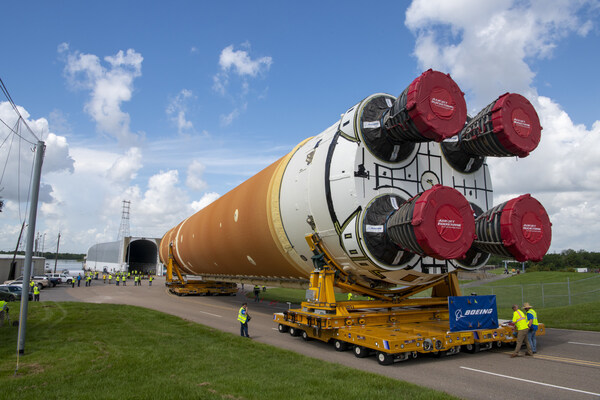
Boeing has achieved a significant milestone by providing NASA with the second core stage of the Space Launch System (SLS) rocket.
This crucial component, crafted at NASA’s Michoud Assembly Facility (MAF), is set to propel the Artemis II crew into lunar orbit, marking humanity’s return to deep space after a 50-year hiatus.
The monumental Boeing-built rocket stage, the largest element of the Artemis II mission, will embark on a journey aboard the Pegasus barge, traveling 900 miles to NASA’s Kennedy Space Center.
Comparison of two legendary aircraft B777x vs B747 aircraft:Click here
Upon arrival, it will be meticulously integrated with other essential Artemis II components, including the upper stage, solid rocket boosters, and NASA’s Orion spacecraft within the iconic Vehicle Assembly Building. This intricate integration process is a vital step toward the eagerly anticipated Artemis II launch, slated for 2025.
“Boeing-built products helped land humankind on the moon in 1969, and we’re proud to continue that legacy through the Artemis generation,” remarked Dave Dutcher, vice president and program manager for Boeing’s SLS program. “Together, with NASA and our industry partners and suppliers, we are building the world’s most capable rocket and paving the way to deep space through America’s rocket factory in New Orleans.”
NASA, Lockheed Martin Reveal X-59 Quiet Supersonic Aircraft:Click here
The delivery of Core Stage 2 marks a significant achievement in the evolution of the SLS rocket. Towering over 200 feet and powered by four RS-25 engines, this core stage, coupled with two solid-fueled booster rockets, will generate a staggering 8.8 million pounds of thrust. This immense power is crucial to launching Artemis II and future missions into the vast expanse of space.
The SLS rocket stands unparalleled in its capability to transport both crew and substantial cargo to the moon and beyond in a single launch. Its extraordinary capacity will facilitate the delivery of human-rated spacecraft, habitats, and scientific missions to destinations including the moon and Mars, ushering in a new era of space exploration.
-
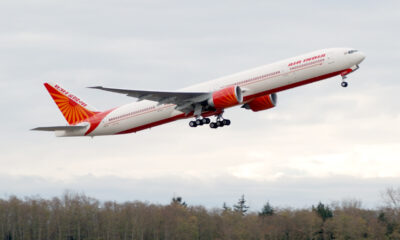
 Travel1 week ago
Travel1 week agoAir India to Expand US Operations with Three New Routes After a Decade
-

 Travel2 weeks ago
Travel2 weeks agoWhy We Should Avoid These Stamps in a Passport
-
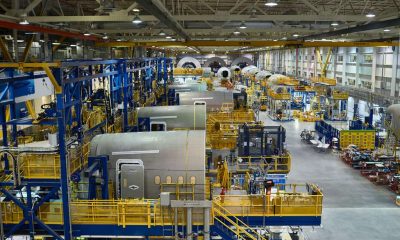
 Airlines1 month ago
Airlines1 month agoInvestigations Reveal Fake Chinese Titanium in Boeing and Airbus Jets
-

 Tech4 weeks ago
Tech4 weeks agoChina’s CATL Plans 1,800-Mile Electric Plane Launch by 2027
-

 Airport3 days ago
Airport3 days agoTop 10 Largest Airports in the World by Size
-
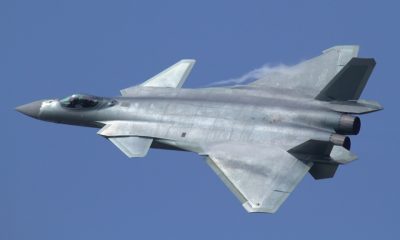
 Aerospace4 weeks ago
Aerospace4 weeks agoChina’s Fighter Jets Turn Wings into Autonomous Drones
-
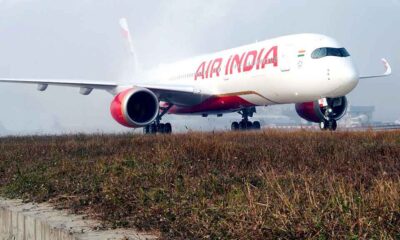
 Airlines4 days ago
Airlines4 days agoAir India Rolls Out A350s for Delhi-New York JFK and Newark Routes
-
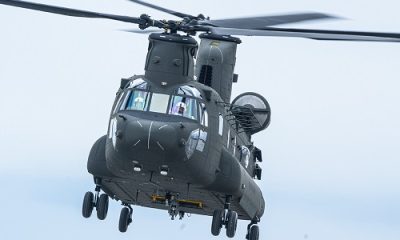
 Defence3 weeks ago
Defence3 weeks agoBoeing Enhances Chinook with New Engines and Block II Upgrades at $96 Million







